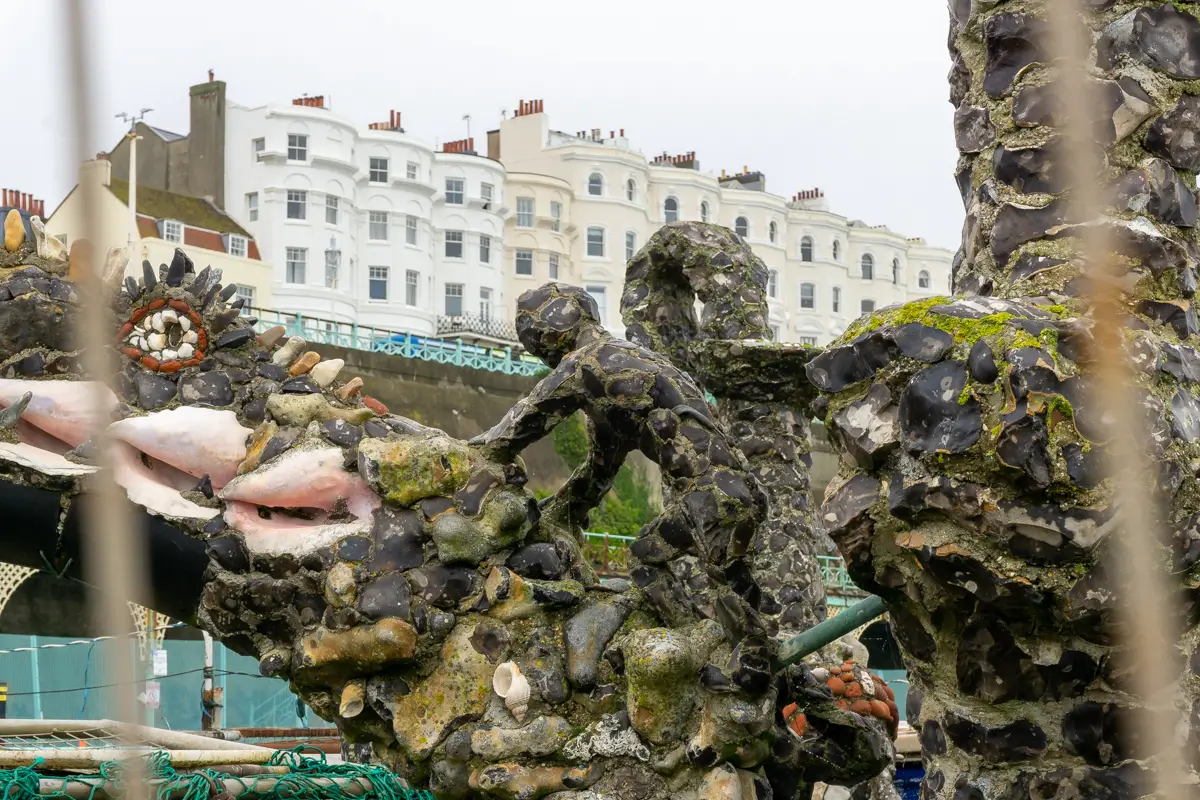Ever been walking along Brighton promenade and wondered what that square of fenced off land on the beach is? On my recent visit to England’s most famous seaside resort, I wondered too. Turns out it is Brighton Flint Grotto, the city’s most unlikely tourist attraction.
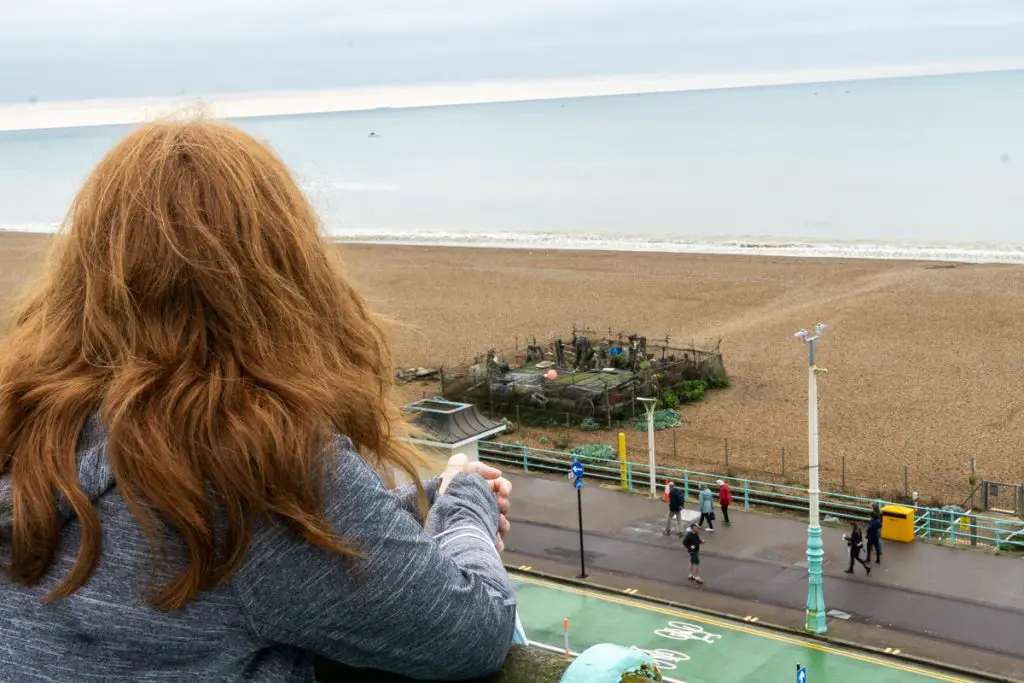
Read more: (opens in new tab)
Visiting Brighton’s Beach Flint Grotto
What is Brighton Flint Grotto?
Created by Rory McCormack, Brighton’s ‘Last Fisherman’, the flint grotto is a small sculpture garden on Brighton seafront. Although it is all fenced off, it attracts a lot of curious visitors, eager to check out the peculiar display.
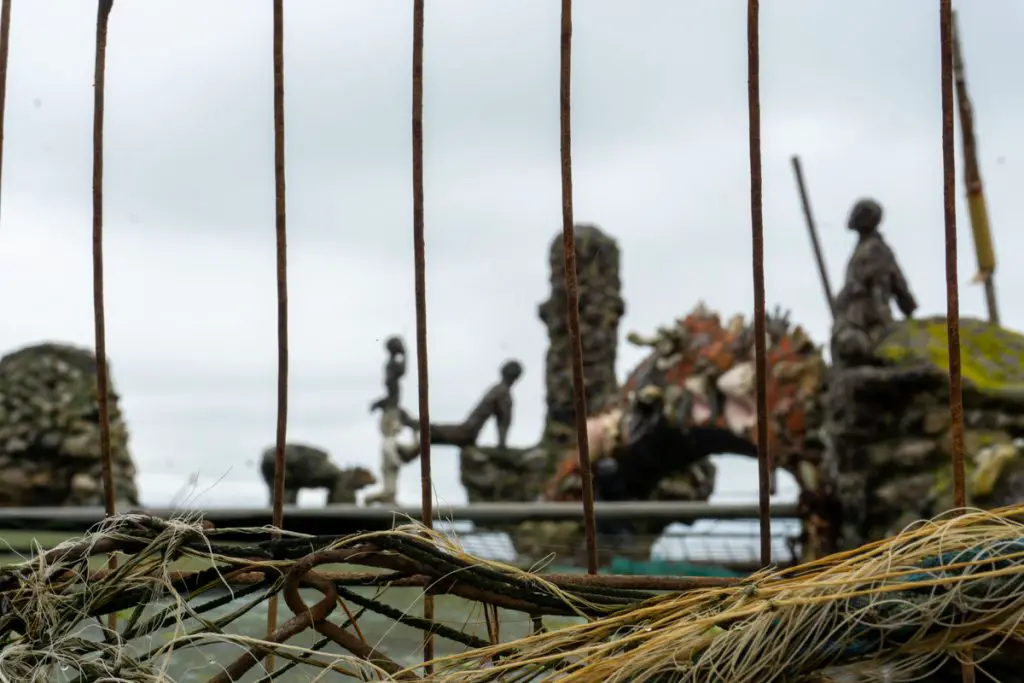
How Did Brighton Flint Grotto Get There?
In 1960, Rory McCormack moved to Brighton before later becoming a fisherman when he was around 16. Before Brighton became the hipster hangout that we know and love today, the resort was fuelled by the fishing industry and it was a common occupation for many locals.
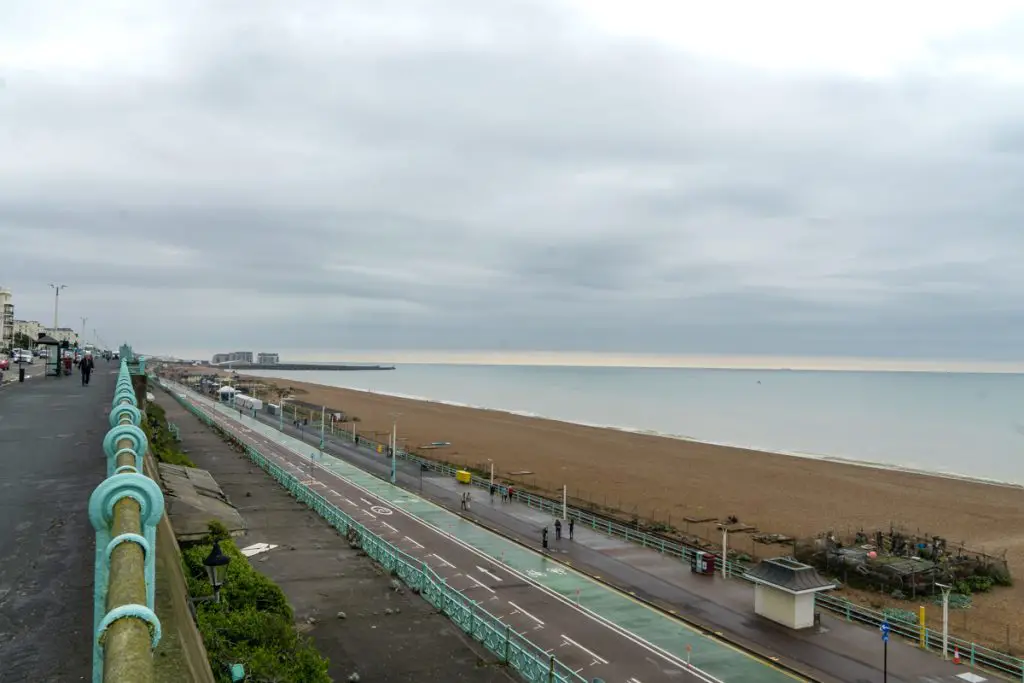
For ease of transportation, many of these fishermen would leave their boats on concrete slabs along the beach. However, an increase in vandalism to unattended fishing gear meant that McCormack was forced to fence his plot off.

What began as a plot of land with a workbench soon took on a new life and McCormack, who was also trained as a drystone waller, began to turn his attentions to keeping busy during harsh winters when it was harder to fish.
He quickly realised that there was a wealth of building materials all around him, just lying there for the taking. Making sculptures using recycled concrete and the flint from the beach became his hobby and the small plot is now dominated by quirky characters, all handmade by McCormack.
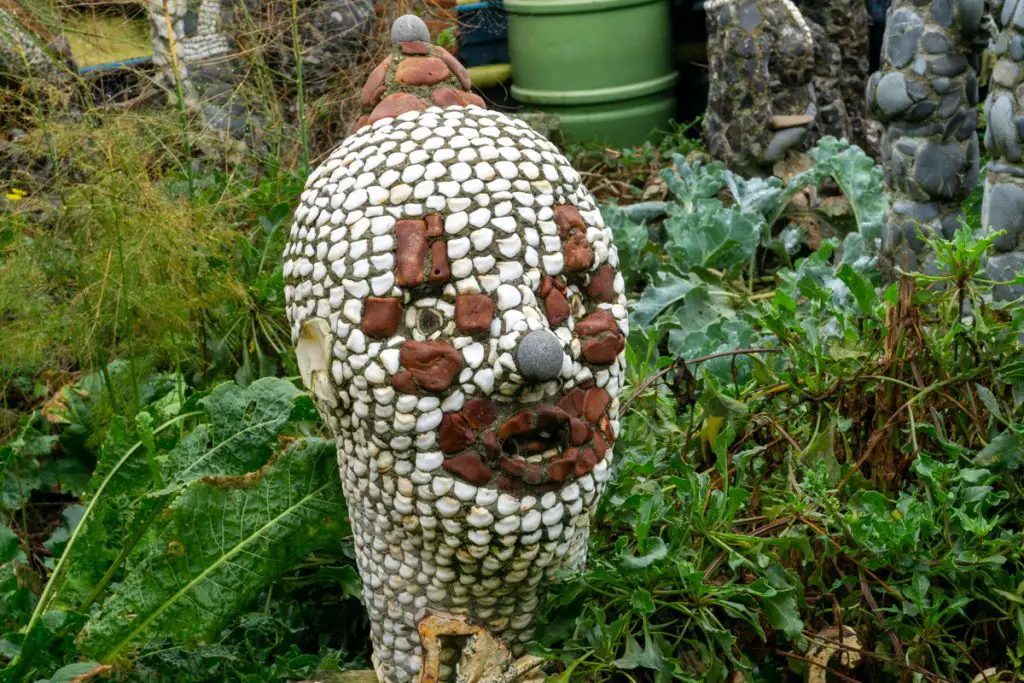
There are several life-size models, some of which have links to ancient mythology, such as his replica of the Venus of Willendorf. His statues, based on Bronze-Age figurines have been dubbed by some as ‘outsider art’, which according to the Tate Modern, means art with a naïve quality, often created by someone not traditionally trained.
Controversy Around Brighton’s Flint Grotto
Like many artists such as Banksy, McCormack never asked for permission to start sculpting the models. He did his work on Brighton Beach in the open and was never questioned by any officials for over two years after he first began sculpting.
However, in 2015, the local council decided that the flint grotto constituted a health safety risk and asked him to demolish the artworks. McCormack believes that as the sculptures are on a public beach, it should be up to the public what is done with them.
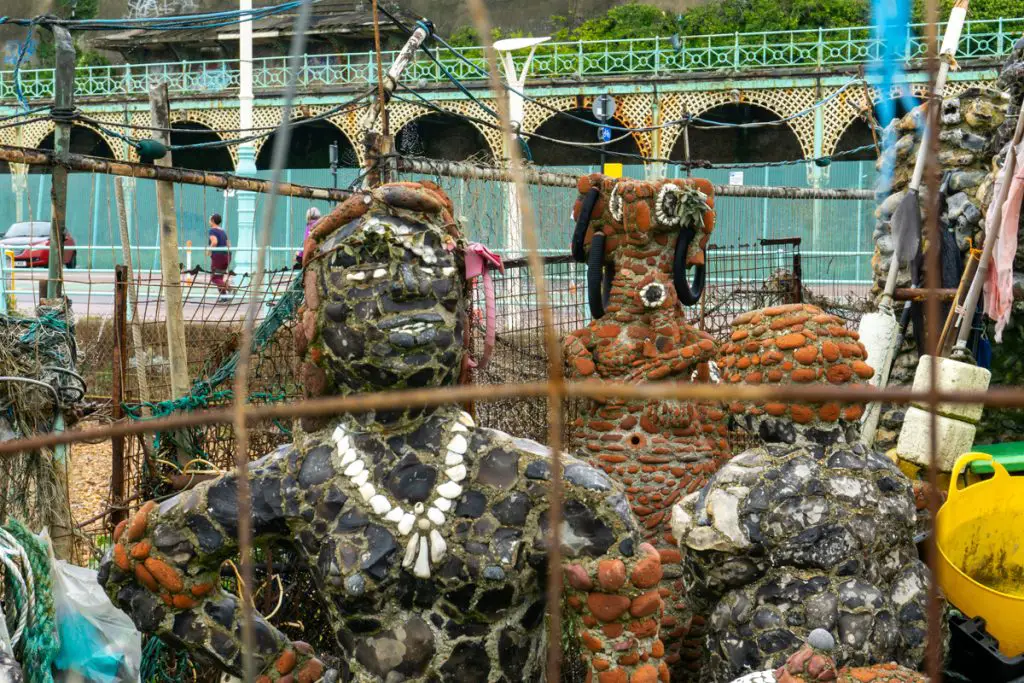
McCormack has made no effort to dismantle his unusual sculptures and they still stand on the beach (as of October 2021). At one point, an online petition was created by some of the locals to save the Brighton Flint Grotto and succeeded in getting over 500 signatures. The petition has since been closed but according to the artist, he has received a lot of support from the people who come to see the sculptures. According to an interview with David Clegg, there has been no further correspondence from the council regarding the destruction of his sculptures.

It is clear that Brighton’s Flint Grotto is an unusual piece of art that divides public opinion. Personally speaking, I love the wacky nature of this installation and feel like it is very representative of Brighton’s quirkiness.
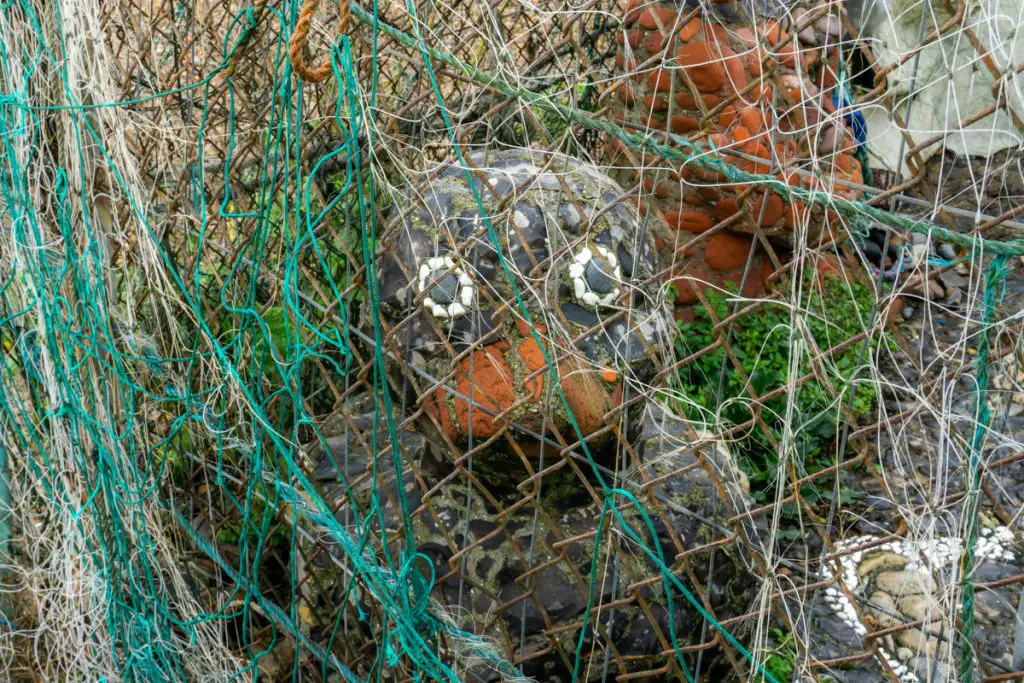
Whilst I can understand why some find the artwork unsightly when viewed from a distance, there is no doubt that McCormack is a very talented and offbeat kind of artist. If you’re visiting Brighton and fancy a break from the arcades, don’t miss the opportunity to check out this zany collection of sculptures.
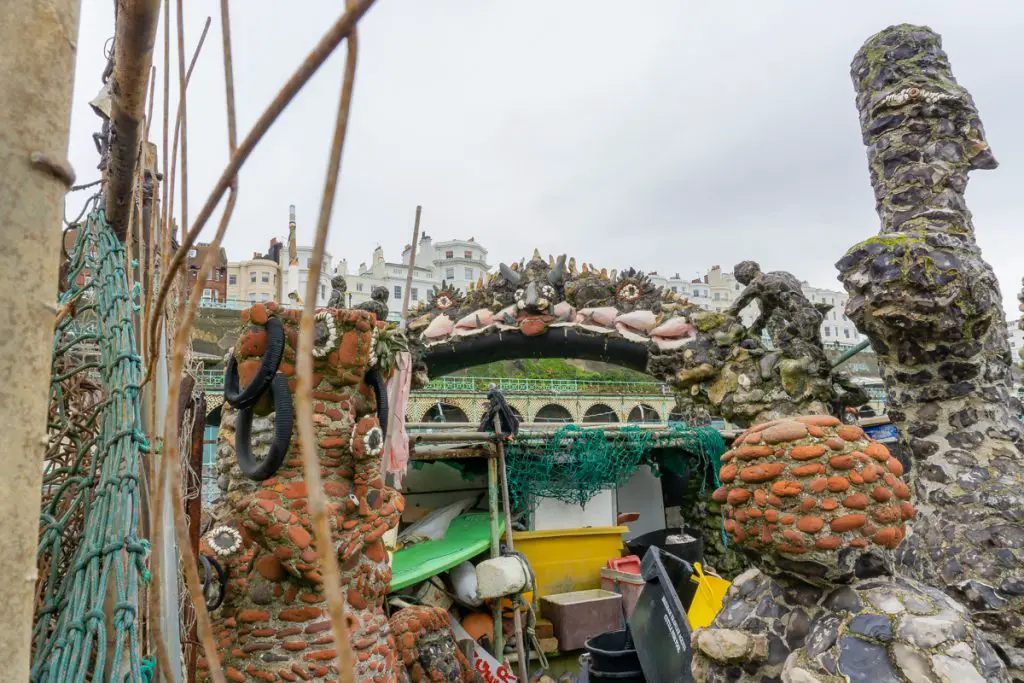
Where Can I Find Brighton’s Flint Grotto?
The flint grotto is located on Brighton Beach. It can be viewed from the promenade as you are heading from Kemptown towards the pier. To see the flint grotto up close, you will need to cross the railway tracks.
Have you visited Brighton’s Flint Grotto before?

